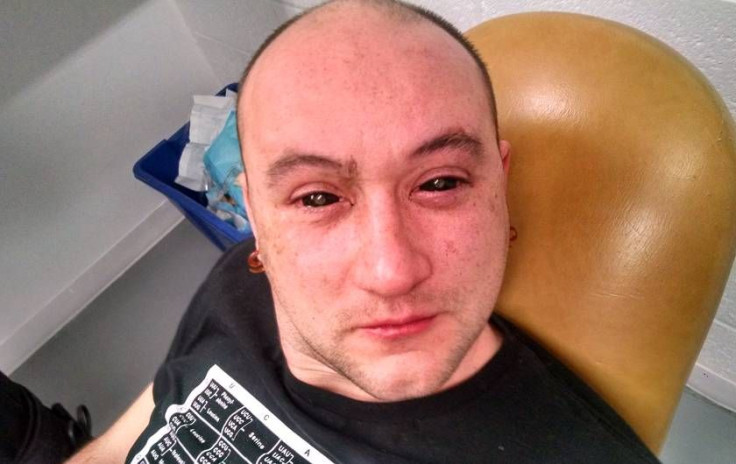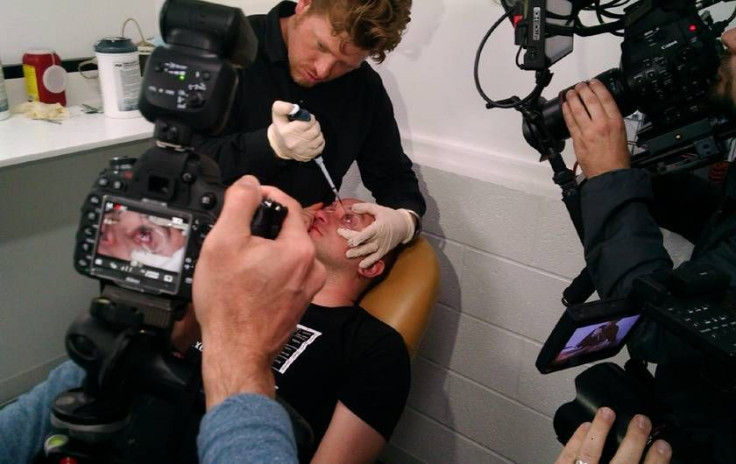Night Vision Enhanced To Superhuman Levels Using Common Cancer Drug, Eye Drops

Chlorin e6, or Ce6, is a common component in cancer therapy and has recently been used in treating night blindness. Science for the Masses, a research group of curious “BioHackers,” were interested in what the chemical could do for those who already had perfect vision. The result was astounding and could affect the way we currently approach night vision enhancement.
Ce6 is a compound found mainly in deep-sea fish and sometimes used as a photosensitizer in laser-assisted cancer treatment. Ce6’s sensitivity to light has been observed to help those who are visually impaired; however, its effects on perfectly healthy human vision remained untested. That is, until about a month ago when Gabriel Licina, Jeffrey Tibbetts, and their science-hungry teammates decided to create their own night-vision experiment.
To start their venture into super-human abilities, the team first procured the Ce6 and mixed it into a saline solution which was then deposited into Licina’s eye. “It doesn’t really feel like anything,” Licina told Medical Daily. “It felt like eye drops.”
According to the paper on the experiment, afterward Licina was fitted with black sclera lenses to help reduce the amount of potential light from entering his eye. He also wore black sunglasses at all times, except during the vision experiments. After letting the solution set in his eye for about two hours, Licina and four controls went into a dark field to test how well the solution enhanced his eyesight in pitch blackness. As expected, Licina’s eyesight was significantly better than those who did not receive the solution. When asked to point out people standing in the dark woods, Licina was correct 100 percent of the time, while the controls only answered correctly about a third of the time, Mic reported.
“It’s actually really subtle … like dark becomes dim, nothing crazy like Riddick. Just like, ‘Oh, you can see better,” Licina said.

Although the team waited two hours before beginning experiments, according to Licina’s paper, the effects could be felt within one hour and lasted for “many hours” after the application. The sunglasses were again put on Licina, who wore them until he awoke in the morning. As of 20 days following the experiments, Licina reported no residual effects.
While there were no major side effects reported in Science for the Masses’ experiment, the group used large precaution with their experimentation, and for a good reason. Ce6 by nature is meant to create free radicals when given the right wavelength, which in the right instances can destroy cancer and in the wrong can cause bodily damage. The small doses used by the team, however, are highly unlikely to cause damage.
The results from this initial experiment were exciting, but Science for the Masses explained that much more testing will need to be done in order to truly prove Ce6’s night vision enhancing abilities. The next step for the team is to accurately measure the changes to the eye and create concrete scientific evidence to their findings.
“The first thing was just getting it out there,” Licina said. “It’s just another piece in the big understanding of how things work.”
Source: Licina G, Tibbetts J. A Review on Night Enhancement Eyedrops Using Chlorin e6. Science for the Masses. 2015.



























